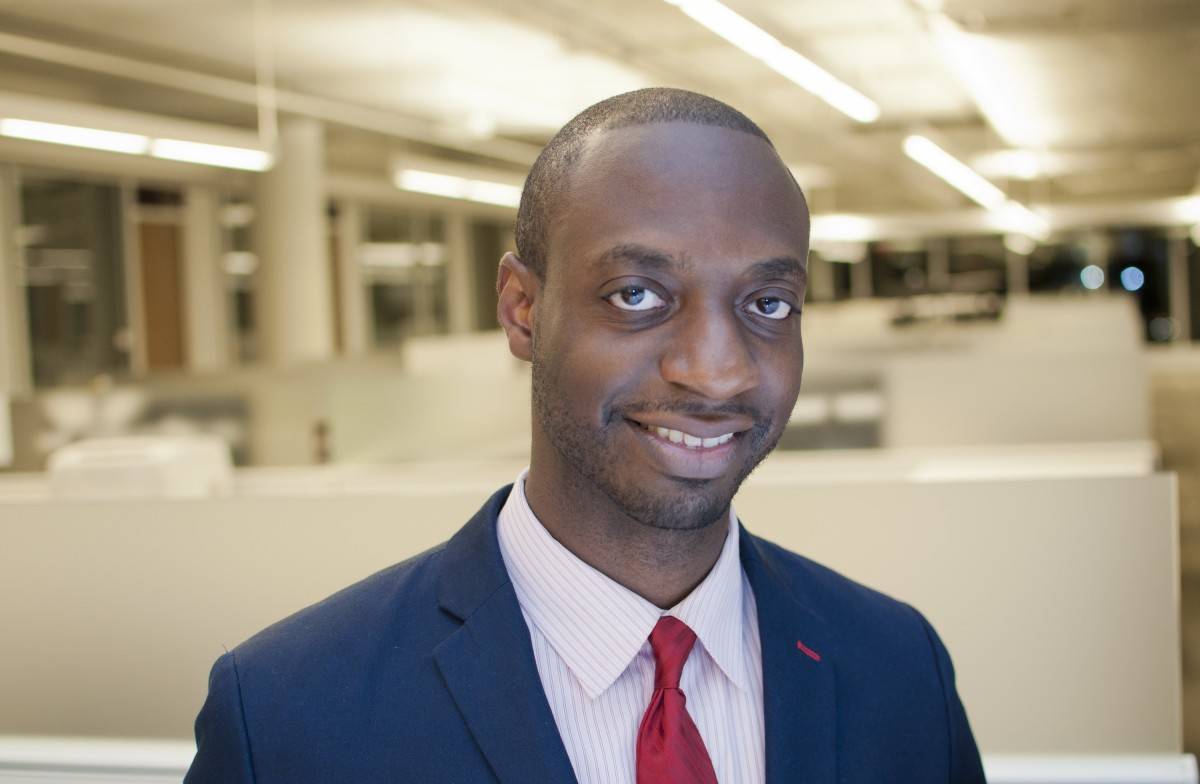The Online News Association began the week of its annual conference with some personal news: Deputy Director Irving Washington will be the group’s next executive director.
Washington, who’s currently in Denver with a lot of other journalists this week for ONA16, took a few minutes to talk with Poynter via email about what’s changed in his five years with ONA, how he ended up in a career working for journalism organizations and what the industry can learn about fostering diversity.
You’ve worked for ONA since 2011. What changes have you seen both at ONA and in our industry in the past five years?
One of the best ways to see changes in the industry is to look at our conference programming year to year. The sessions from ONA11 look much different than ONA16. Even topics that span both years, such as social media, are covered in vastly different ways. Five years ago there was a need to learn what’s possible with social reporting. Now, we’re diving into the complex ethical challenges of social newsgathering.
On top of that, our programming reflects how digital storytelling now includes many more areas than it did five years ago. How many sessions did you see on virtual reality then compared to today? [On Thursday] we announced a new immersive news initiative with Knight and Google News Lab called Journalism 360 and that speaks to how much storytelling continues to evolve.
As for changes at ONA, we’ve strategically grown in smart ways. We’ve expanded both our domestic and international footprint with our ONA Local program; we’ve seeded more money than ever to help students and early-career journalists through more fellowship programs; and we’ve made tremendous headway in making sure our annual conference is inclusive.
It looks like you’ve worked with journalists for most of your career, including at RTDNA and NABJ before ONA. You also got a degree in journalism at Ball State. How did you choose the path of working for organizations that serve journalists instead of in newsrooms?
I often jokingly say I’ve made a career path out of the alphabet soup of journalism organizations. This career direction is the perfect choice for me but it wasn’t always this clear growing up. Since I was young, I had a passion for the media. The first thing I purchased with money I saved on my own was a used video camera from a thrift store. I was also involved in student media throughout college but after graduation, I couldn’t land a full-time gig.
A few years later, I decided I needed a change so I packed up all my things with a few months of savings and moved to D.C. I didn’t really know how it was going to work out and for a brief period of time, I questioned my place in this industry.
The first Washington Post paper I picked after moving had a job ad for a project assistant at RTDNF. Since we didn’t have a chapter on campus, I didn’t realize the acronym was for the Radio Television News Directors Foundation at the time. Fortunately, I apply and get hired. On my first day at RTDNF, I felt at home and said, “this is it.” I’ve been lucky to work with and learn from thousands of journalists throughout my career, and I wouldn’t change a thing.
When your predecessor spoke with us about her time at ONA, she talked about finding an industry in triage and watching it move into collaboration and experimentation. What changes do you hope to see in journalism next?
The more things change, the more things stay the same. There is definitely much more collaboration and experimentation now than there was eight years ago, but we need to push that even further. There are still some silos within newsrooms today and my hope is that those walls continue to break down.
I also hope we continue to embrace new ways of storytelling. An incoming adult generation that’s swiped a screen since infancy has already fundamentally changed how, when and where they get their news. My hope is for newsrooms to proactively — versus reactively — adapt to these changes.
Pushing for diversity has been a big part of your career, and ONA has made big strides in this in the last few years at the annual conference. What can news organizations learn from those successes?
News organizations need to accept one simple concept — building a truly diverse and inclusive environment is hard. It’s not something you can do part time. It’s not something you can assign to one person or department. It’s not something that has a project completion date. It must be embedded in an organization’s DNA.
Harvard Business Review had a piece on why most diversity programs fail. While the failures mentioned certainly make for an interesting read, news organizations should pay more attention to the successes. One key success tactic — all managers must be exposed to people from different groups. At ONA, we’ve learned that building a diverse community will never happen if you don’t consistently make relationships with different people.







